Model Context Protocol (MCP) finally gives AI models a way to access the business data needed to make them really useful at work. CData MCP Servers have the depth and performance to make sure AI has access to all of the answers.
Try them now for free →Analyze Adobe Analytics Data in Infragistics Reveal
Use the CData API Server to create an OData API on top of Adobe Analytics data and visualize live Adobe Analytics data in Ingragistics Reveal.
Reveal is a data visualization solution provided by Infragistics and can be paired with the CData API Server and Adobe Analytics ADO.NET Provider to build dynamic dashboards from live Adobe Analytics data. The CData API Server generates an OData API for Adobe Analytics, which is natively consumable in Reveal. In this article, we walk through connecting to Adobe Analytics in API Server and connecting to the API Server from Infragistics Reveal to create a simple dashboard.
Connect to Adobe Analytics from API Server
CData API Server uses a straightforward, point-and-click interface to connect to data sources and generate APIs.
- Open API Server and click Settings -> Connection -> Add Connection
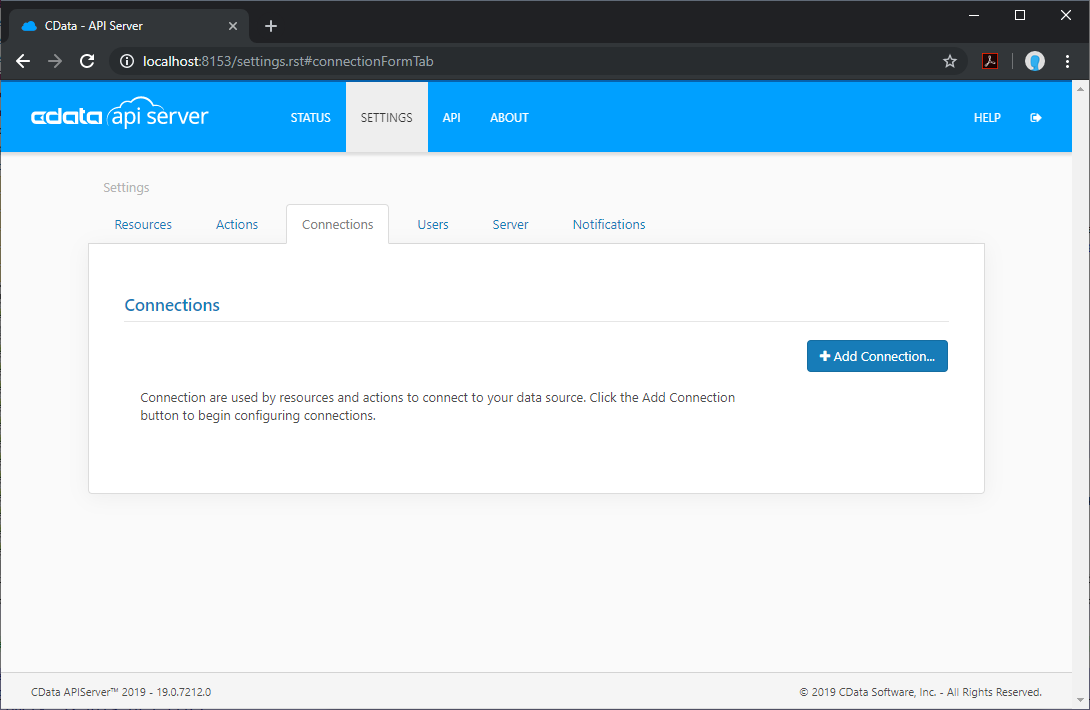
- Select "Adobe Analytics"
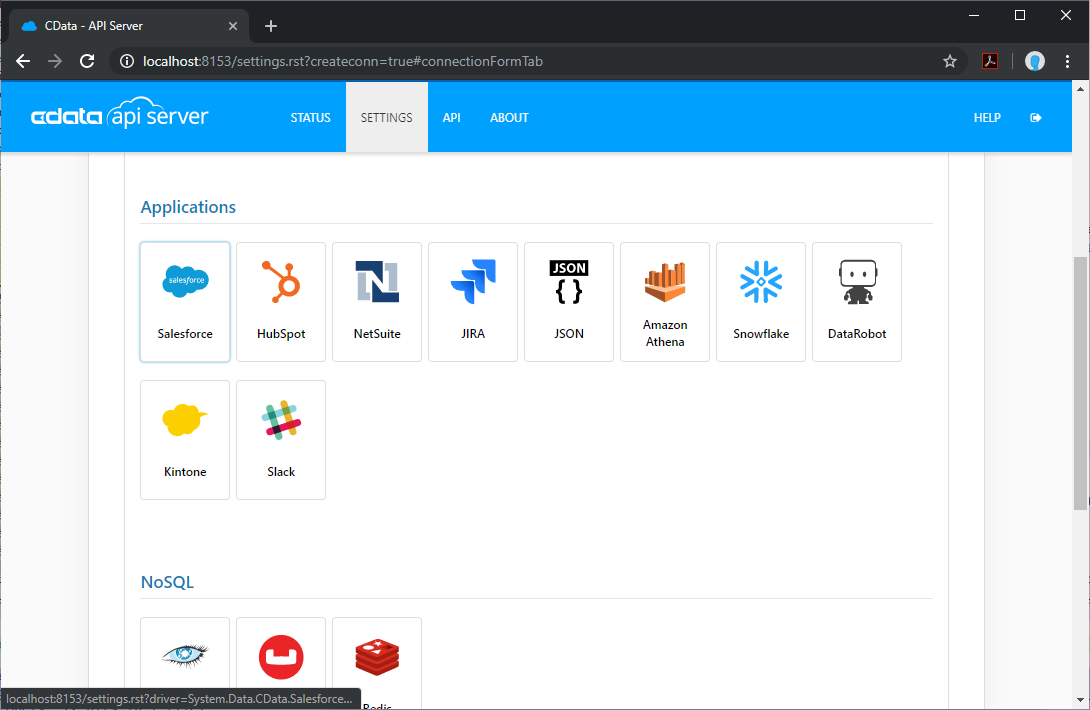
- Enter the necessary authentication properties to connect to Adobe Analytics.
Adobe Analytics uses the OAuth authentication standard. To authenticate using OAuth, create an app to obtain the OAuthClientId, OAuthClientSecret, and CallbackURL connection properties. See the "Getting Started" section of the help documentation for a guide.
Retrieving GlobalCompanyId
GlobalCompanyId is a required connection property. If you do not know your Global Company ID, you can find it in the request URL for the users/me endpoint on the Swagger UI. After logging into the Swagger UI Url, expand the users endpoint and then click the GET users/me button. Click the Try it out and Execute buttons. Note your Global Company ID shown in the Request URL immediately preceding the users/me endpoint.
Retrieving Report Suite Id
Report Suite ID (RSID) is also a required connection property. In the Adobe Analytics UI, navigate to Admin -> Report Suites and you will get a list of your report suites along with their identifiers next to the name.
After setting the GlobalCompanyId, RSID and OAuth connection properties, you are ready to connect to Adobe Analytics.
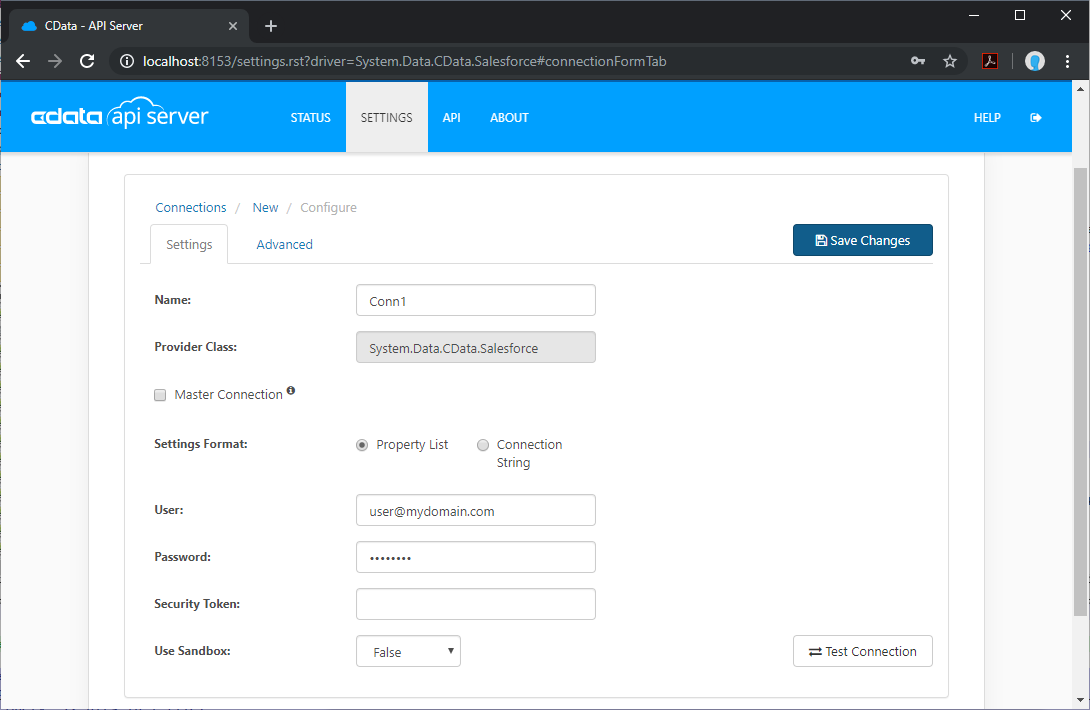
Add Adobe Analytics Resource Definitions in API Server
After connecting to Adobe Analytics, create Resources, which represent API endpoints for Adobe Analytics data.
- Click Settings -> Resources -> Add Resource
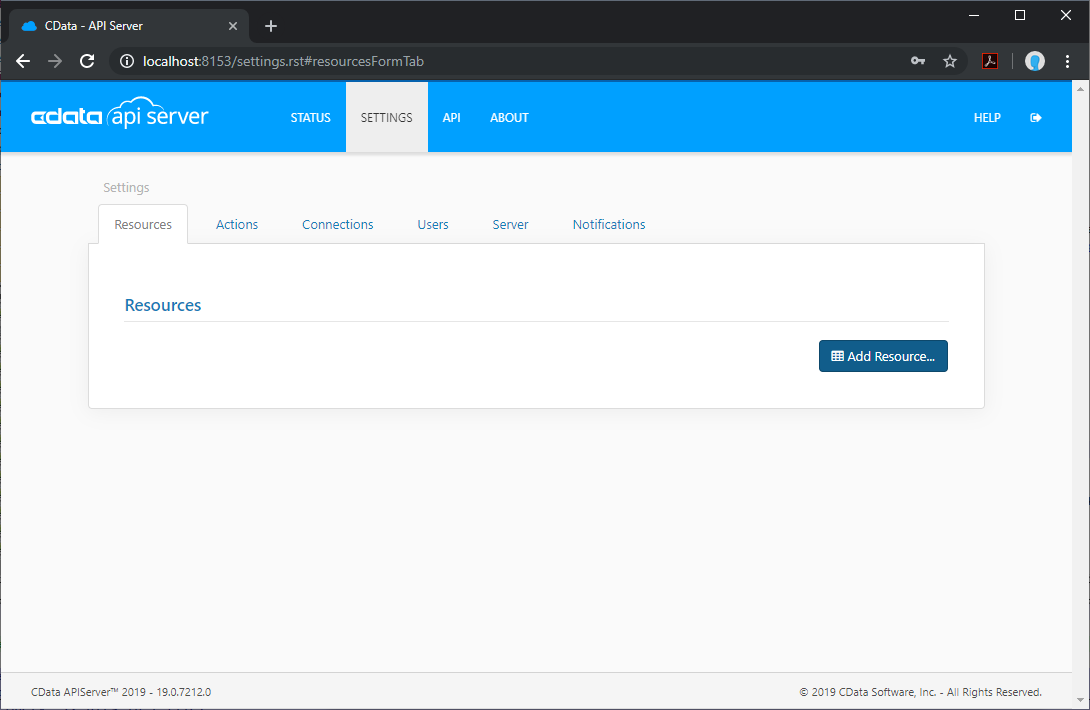
- Select the Adobe Analytics connection
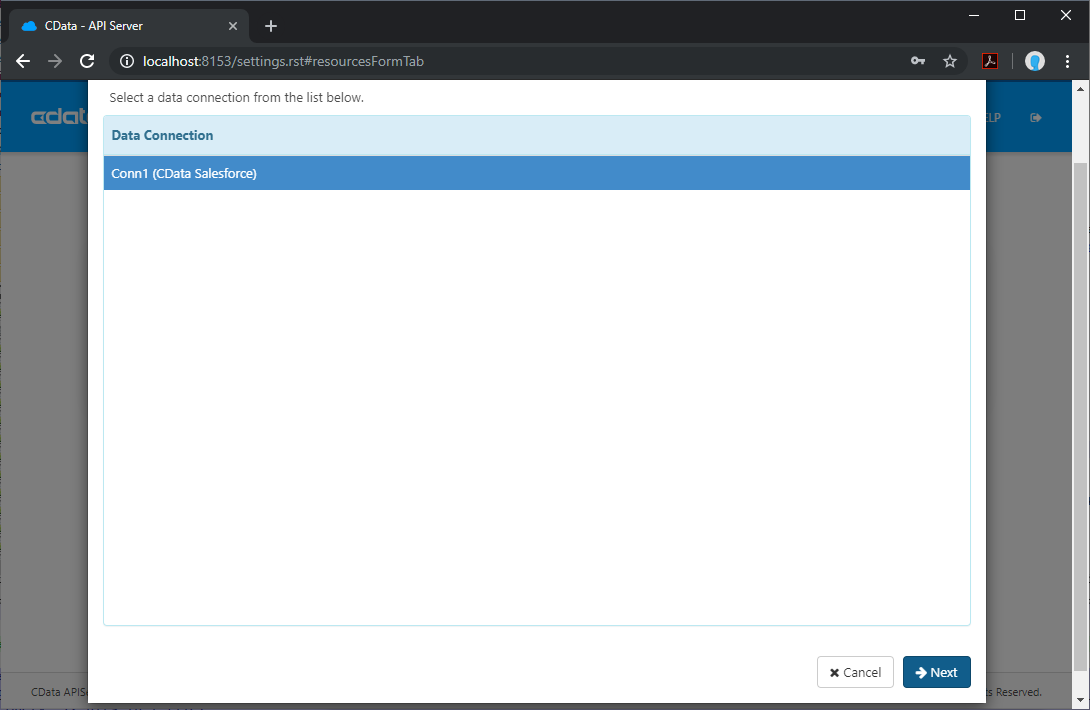
- Select the table you wish to retrieve and click Next
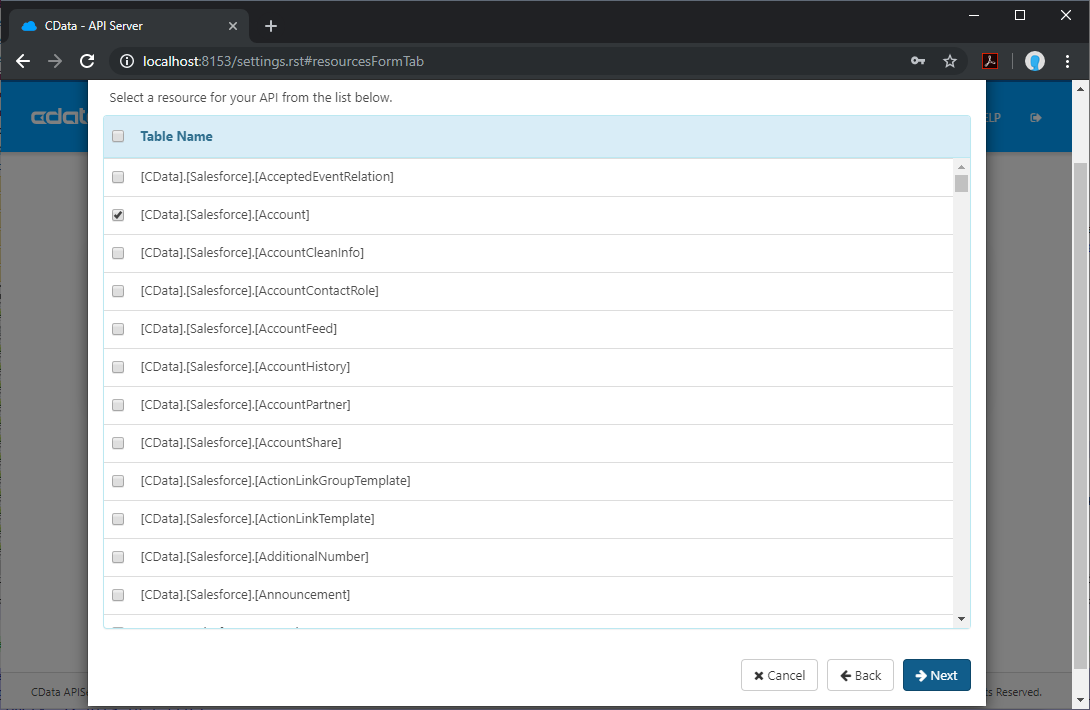
- (Optional) Edit the resource to select specific fields and more
- Save the settings
Add an API Server User
Create a User to connect to Adobe Analytics from Reveal through API Server.
- Click Settings -> Users
- Click Add
- Configure a User with access to the Adobe Analytics Connection and Resource(s)

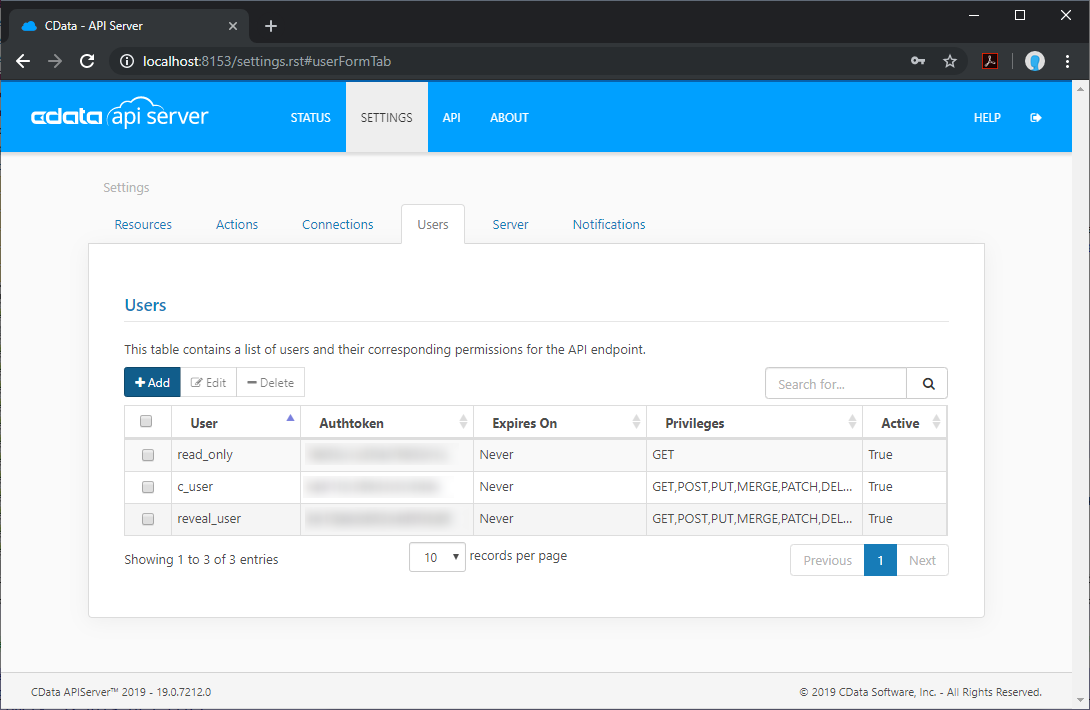
(Optional) Configure Cross-Origin Resource Sharing (CORS)
When accessing and connecting to multiple different domains from an application such as Ajax, there is a possibility of violating the limitations of cross-site scripting. In that case, configure the CORS settings in Settings -> Server.
- Enable cross-origin resource sharing (CORS): ON
- Allow all domains without '*': ON
- Access-Control-Allow-Methods: GET, PUT, POST, OPTIONS
- Access-Control-Allow-Headers: Authorization
Save the changes to the settings.
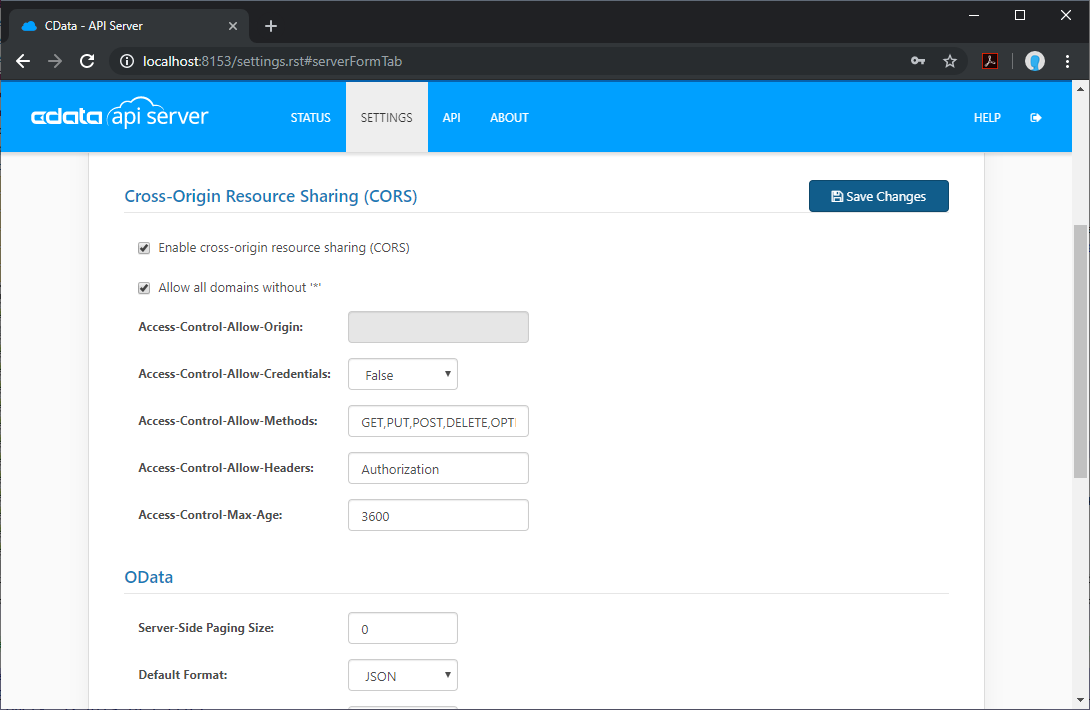
Create a Dashboard in Reveal
With the API Server configured, we can visualize Adobe Analytics data in Reveal.
- Log into Reveal and click Dashboards -> New
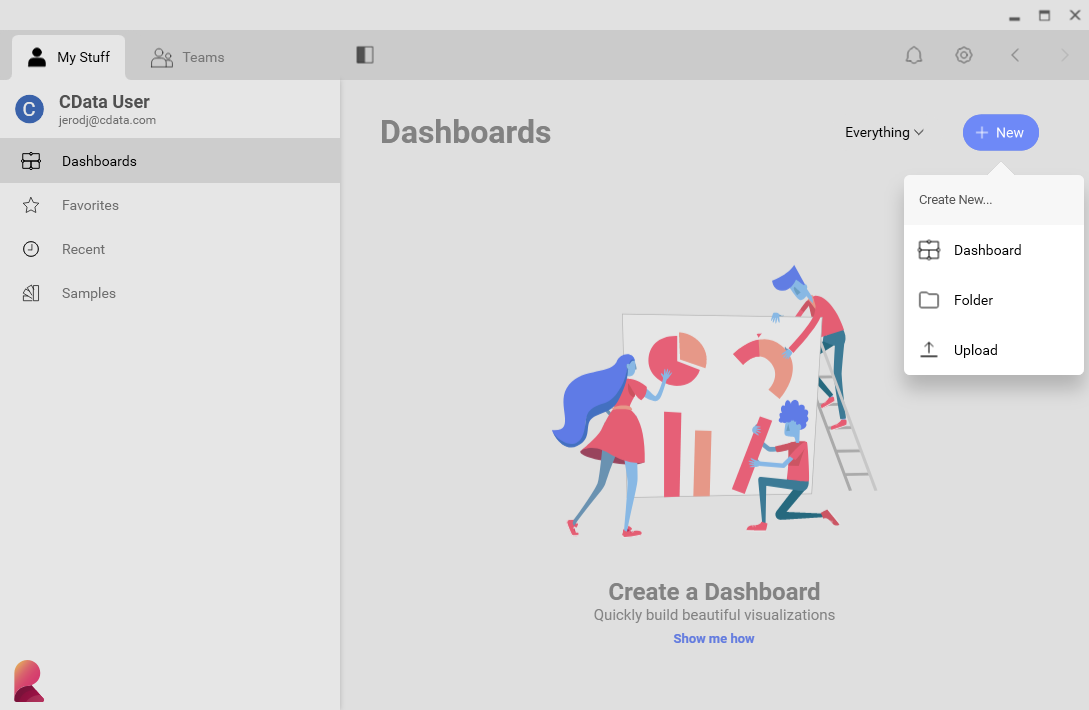
- Click Data Source -> OData Feed

- Specify the API Server API endpoint URL, for example: https://serverurl/api.rsc
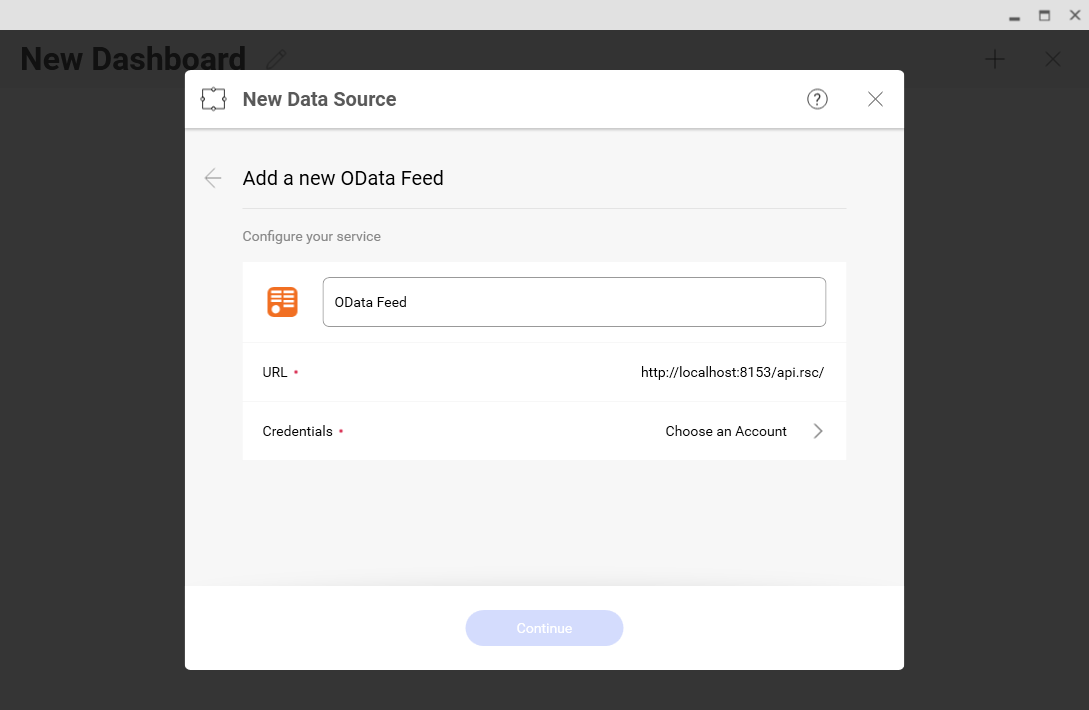
- Select Generic Credentials and specify the API Server username and authentication token
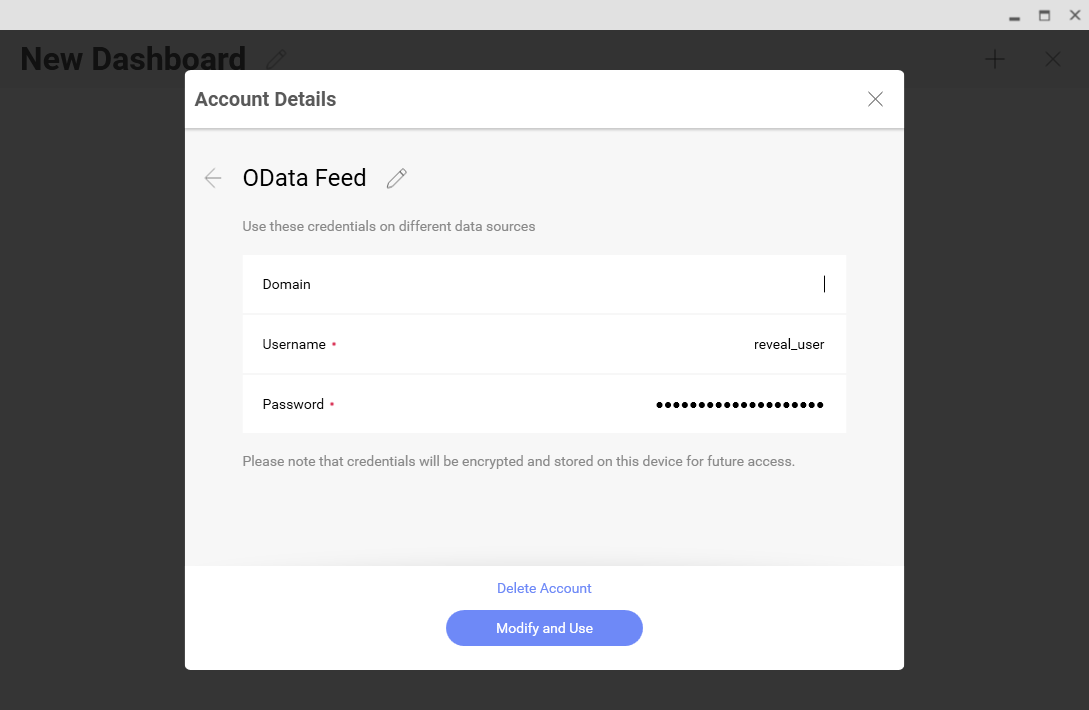
- Select the entity you wish to visualize
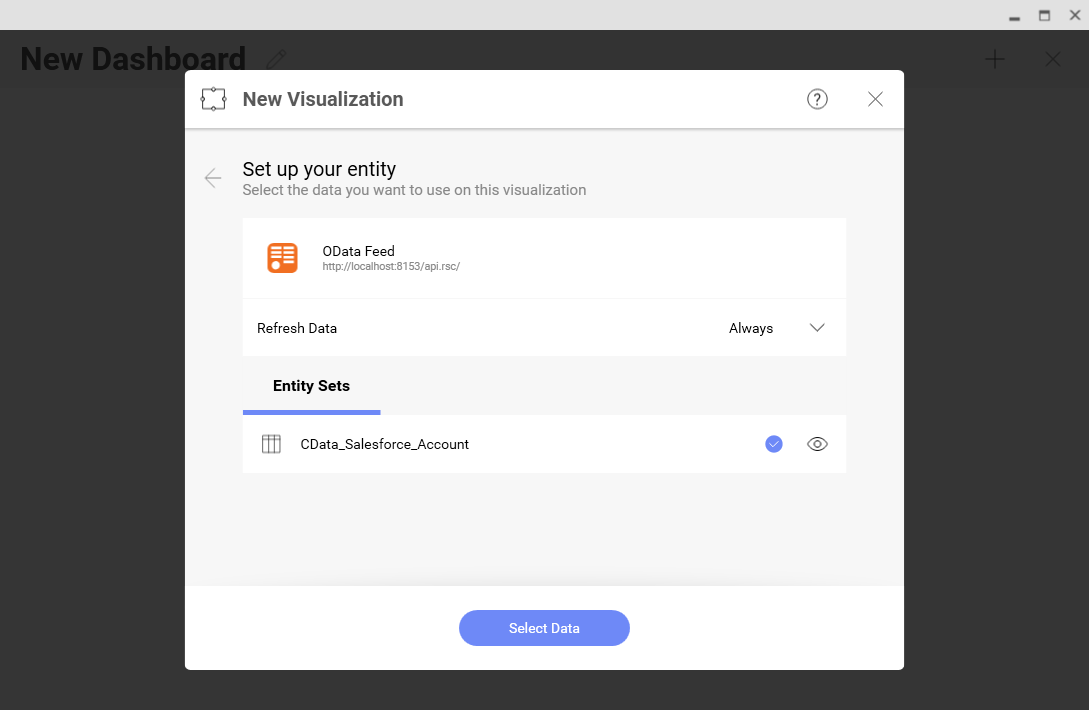
- Select fields and choose a chart type
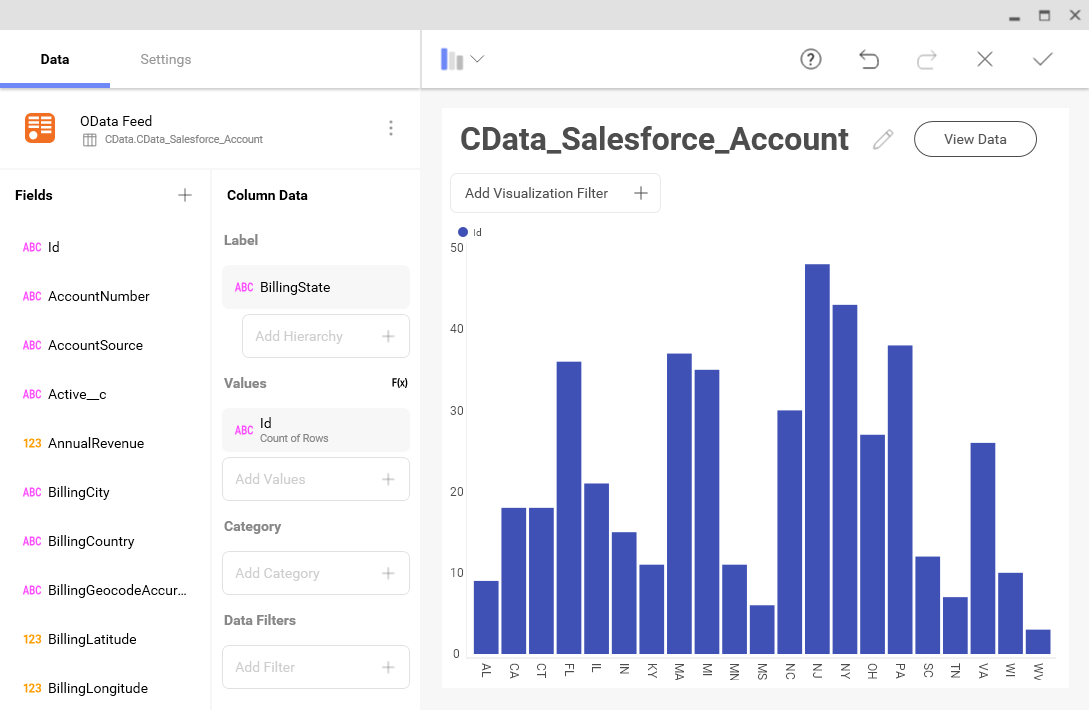
More Information & Free Trial
At this point, you have created a simple dashboard from live Adobe Analytics data. For more information on creating OData feeds from Adobe Analytics (and more than 150 other sources), visit the API Server page. Download a free, 30-day trial and start working live Adobe Analytics data in tools that consume OData APIs.
